Best Hydration Strategies Recommended by Nutritionists

Key Takeways
Water is essential for human life, so it makes sense that getting enough water can significantly impact your overall health. However, despite how obvious this may seem, many people don’t drink enough water.
According to a recent study by the CDC, the average American adult drinks an estimated 44 ounces (or 1.3 liters) of water per day. This is cause for concern, given that the recommended daily fluid intake is about 2.7 liters for women and 3.7 liters for men.
Staying hydrated isn’t just important during the summer months. Your body needs certain levels of fluids to function properly; these needs increase when you exercise, sweat, or even breastfeed.
It’s even more important to consider now, with the summer heat at an all-time high, leading to the risk of dehydration and heat stroke. But while being hydrated is an essential way to stay healthy in the summer, it’s vital all year round.
Let’s look at just how important staying hydrated can be for your health and explore a few nutritionist-endorsed hydration tips that can help you boost your daily fluid intake.
The Importance of Staying Hydrated
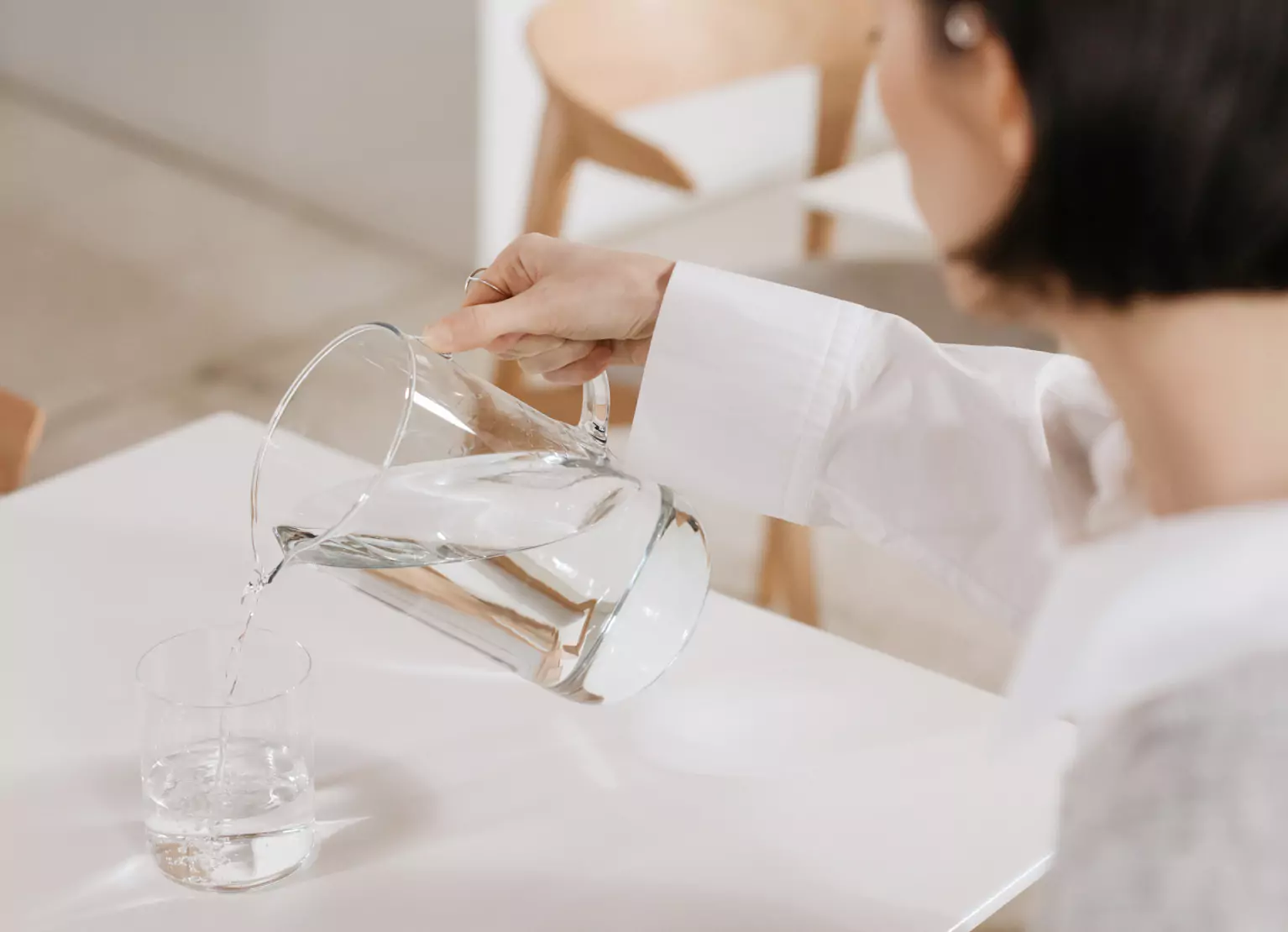
Drinking enough water isn’t just crucial for quenching your thirst; it can affect everything from your skin to kidney function, metabolism, cognitive performance, and even digestive health.
The benefits of drinking lots of water may even support weight loss, as one study found that people who were more hydrated tended to consume fewer calories and less saturated fat in their diet.
Staying hydrated is also associated with higher energy levels and is critical for regulating your body temperature. That’s why it’s vital to drink plenty of water and eat foods with high water content both in hot weather and during exercise.
Dehydration and other health conditions such as diabetes can even lead to polydipsia, which causes excessive thirst, meaning staying on top of your water and fluid intake is essential.
Five Nutritionist-Endorsed Hydration Strategies
The good news here is that there are a lot of easy hacks beyond just drinking water that you can implement into your routine to reach your daily recommended fluid intake.
We asked our nutrition team at Nutrisense for their top tips to make staying hydrated easy. Here are five best practices to ensure you get plenty of fluids all year round.
1) Snack on Foods with a High Water Content
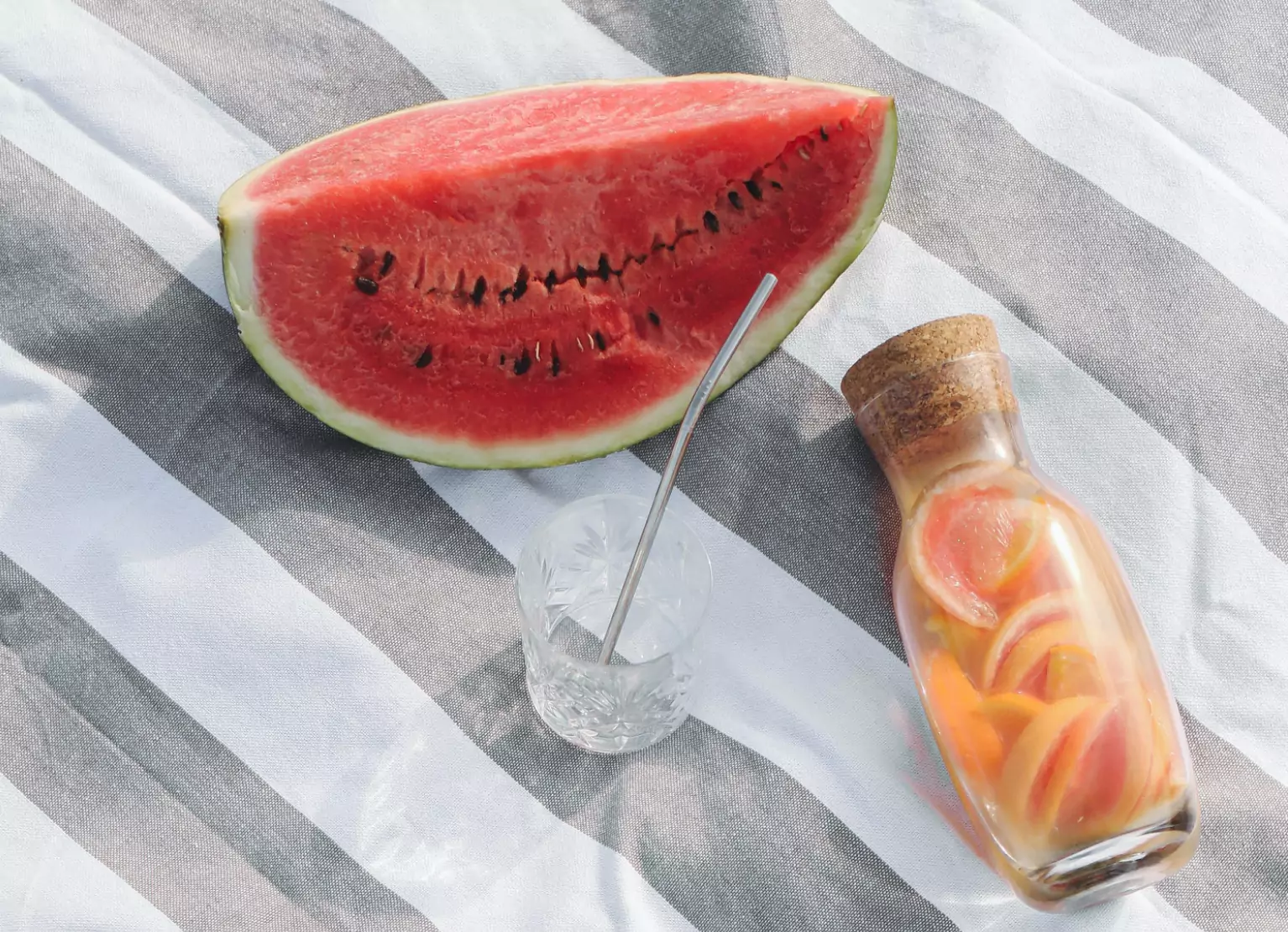
“Watermelon is my favorite natural summer-hydrator! It's rich in potassium, water (in the name, of course), and vitamin C.
If you need more electrolyte replenishment, say in hotter, more humid weather or after a more intense workout, you can even sprinkle finely ground sea salt on top and enjoy it as a sweet and salty snack.”
—Amanda Donahue, MS, RD, CD
2) Add Electrolytes to Your Water
“If you exercise for more than 60 minutes, consider adding electrolytes to water. Through sweat, we lose high levels of sodium and smaller amounts of potassium, magnesium, and calcium.
Adding some electrolyte supplements or even a pinch of salt to every eight ounces of water can help you rehydrate and recover from your workout.”
—Kasey Brixius, RDN, CSSD, IFNCP
3) Flavor Your Water with Low-Glycemic Citrus
“I love to add low-glycemic citrus and herbs to my water to stay hydrated. The flavors make it more motivating to drink!
Mint and Thai basil are two of my favorite herbs to add, and lemons or limes are great low-glycemic citrus options as well. Teas are great too!”
—Jillian Ceasrine, RDN
4) Space out Your Water Intake
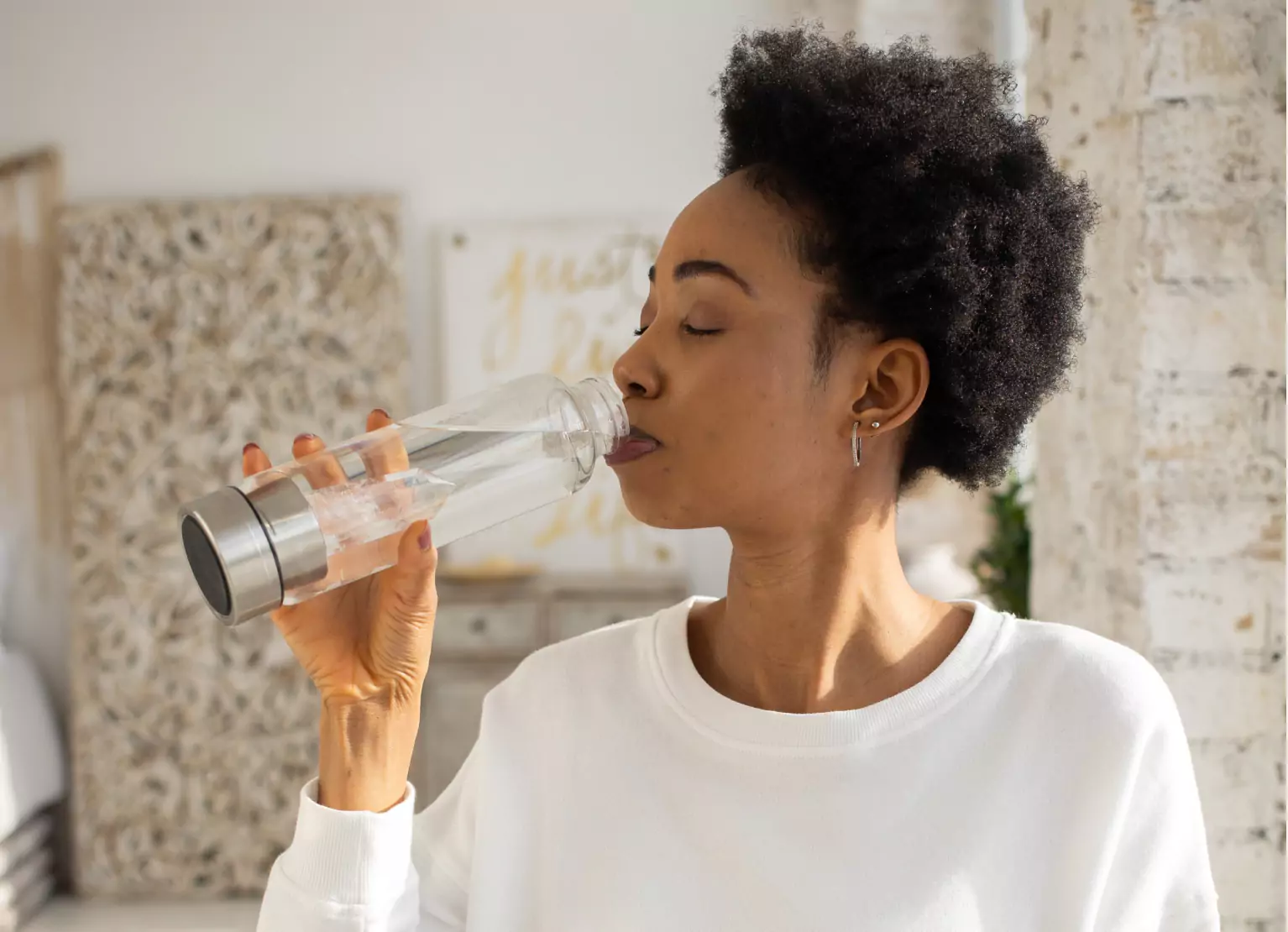
“Have a method of naturally tracking your intake like a sizeable 32-ounce water bottle. Drink half to a full bottle first thing in the morning to jumpstart your daily hydration (yes, before that cup of coffee)!
Aim to drink another full bottle during your workout, and avoid drinking water 30 minutes before and after meals to keep your stomach acid balanced and support healthy digestion.
A good rule of thumb to consider when trying to find out how many ounces of water you need per day is to divide your current body weight in half. Remember, if you're active, out in the heat, or sweat often, you will need more!”
—Marie Funk, MS, RD, LDN
5) Set Reminders to Drink Water
“One easy strategy to help you remember to drink enough water is to build your hydration into your regular habits!
Drink a full glass of water right when you wake up, take a water bottle in the car with you, add herbal tea to your snack routine, and drink several ounces every time you get up to visit the restroom.
You can even set an alarm on your phone to remind you to drink and refill your water bottle. And if you want to track how much you’re drinking or get reminders throughout the day to hydrate, hydration apps can help!”
—Katrina Larsen, MS, RDN, LD, CDCES
4 Other Hydration Tips to Consider
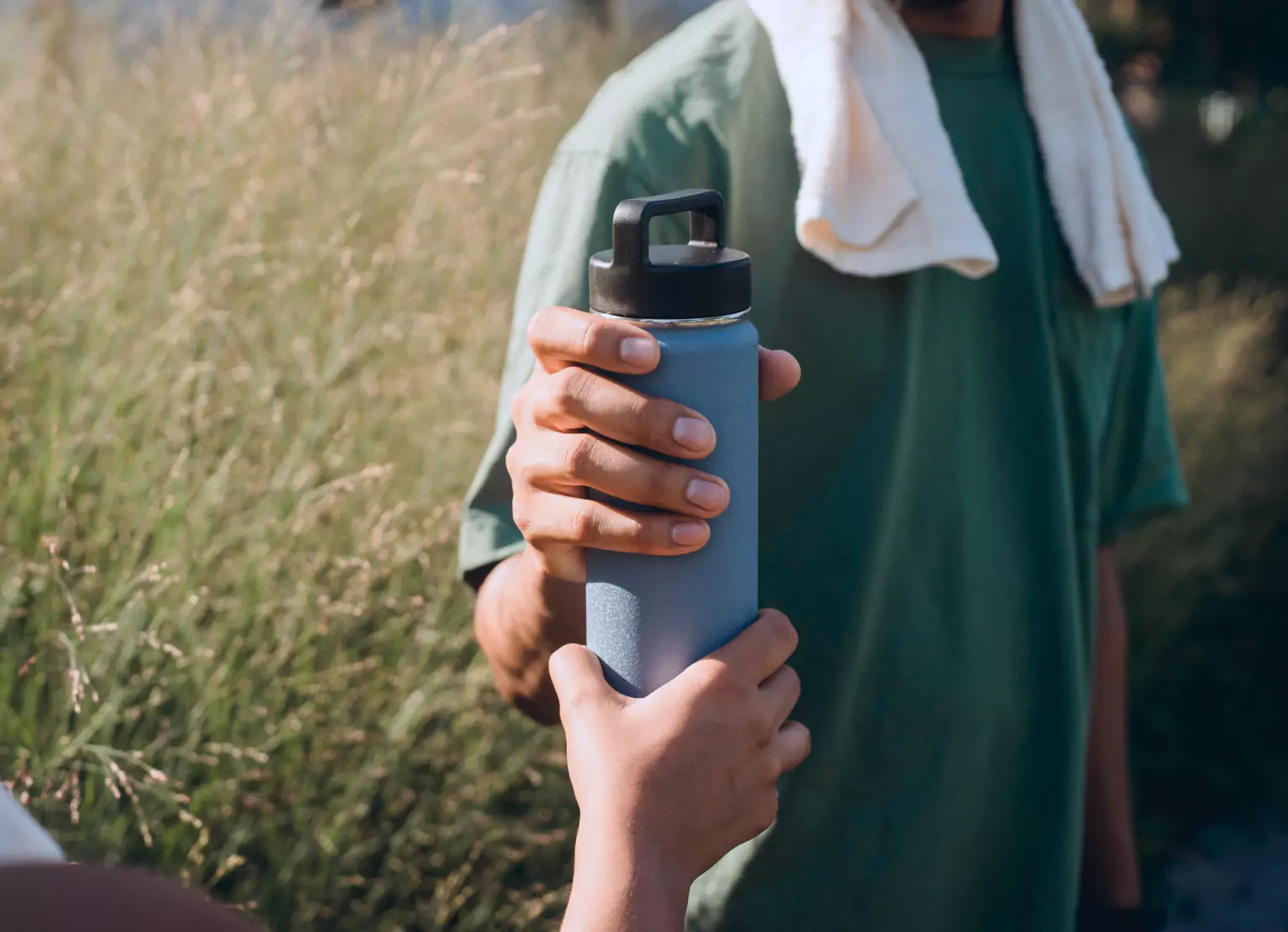
1) Monitor Your Urine Color
If you find it challenging to track your fluid intake manually, another easy indicator of adequate hydration is the color of your urine. A good rule of thumb is to aim for a light-yellow hue in your urine (think lemonade).
Darker yellow or transparent urine are indicators of dehydration or overhydration, respectively, so aim for something in the middle to ensure optimal hydration.
2) Limit High-Sugar Drinks
Consuming the recommended serving size of natural fruit juices can benefit hydration. However, opt for 100 percent fruit juices with no added sugar.
Soda or soft drinks may sound appealing on a hot day, but these high-sugar drinks can worsen symptoms of dehydration by temporarily quenching thirst, leading to less water intake through the day.
Remember that fruit juices and other sweetened drinks may also lead to glucose fluctuations, so try watering down a small serving of fruit juice or swapping out juice for fresh fruit added to your water for a glycemic-friendly, hydrating beverage. Just make sure to eat the fruit after you drink all the water to get a boost of fiber from the fruit!
3) Add More Hydrating Foods to Your Diet
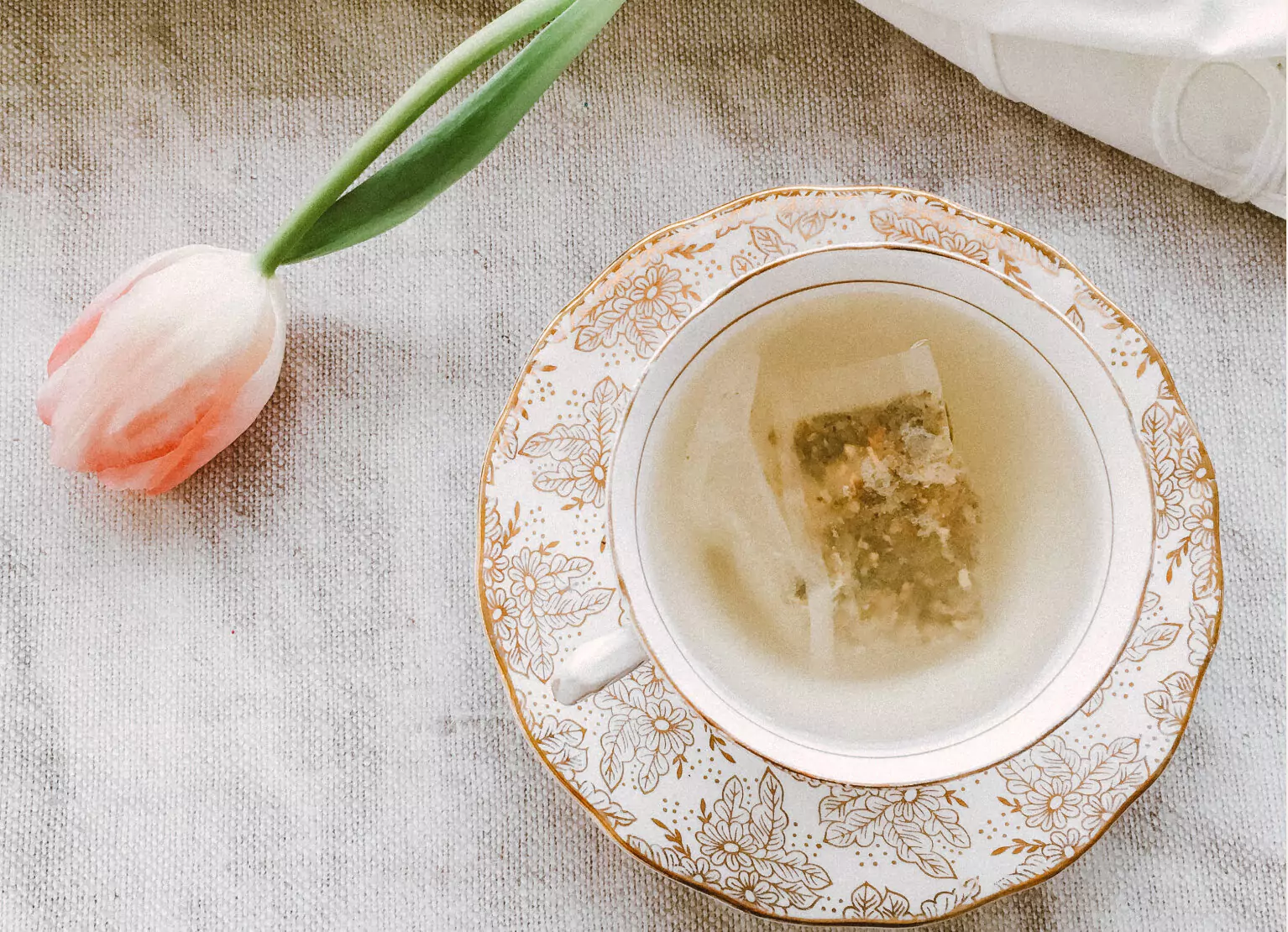
As we mentioned previously, many foods with a high water content can easily be thrown into meals or eaten throughout the day to help you boost your fluid intake. Fruits and vegetables like cucumbers, celery, cantaloupe, limes, grapefruit, and zucchini are all water-rich and flavorful.
Most people get about 20 to 30 percent of their daily fluid intake from food, so including more water-dense fruits and vegetables in your diet can help boost hydration. These types of hydrating foods are also high in essential nutrients such as vitamins, minerals, and fiber.
Increasing your consumption of other beverages like coconut water, tea, and even milk can help keep you hydrated while providing other health benefits.
4) Know the Signs of Dehydration
Drinking lots of fluids can sometimes be a challenge, so being able to recognize the signs of dehydration is vital to preventing any dehydration-related health conditions before they strike.
According to the Mayo Clinic, some of the most prominent signs include:
- Being thirsty
- Not urinating frequently
- Dark yellow urine
- Fatigue and dizziness
- Confusion
Watching these signs is essential to prevent dangerous health conditions such as heat exhaustion and kidney problems.
Hydration and Blood Glucose Levels
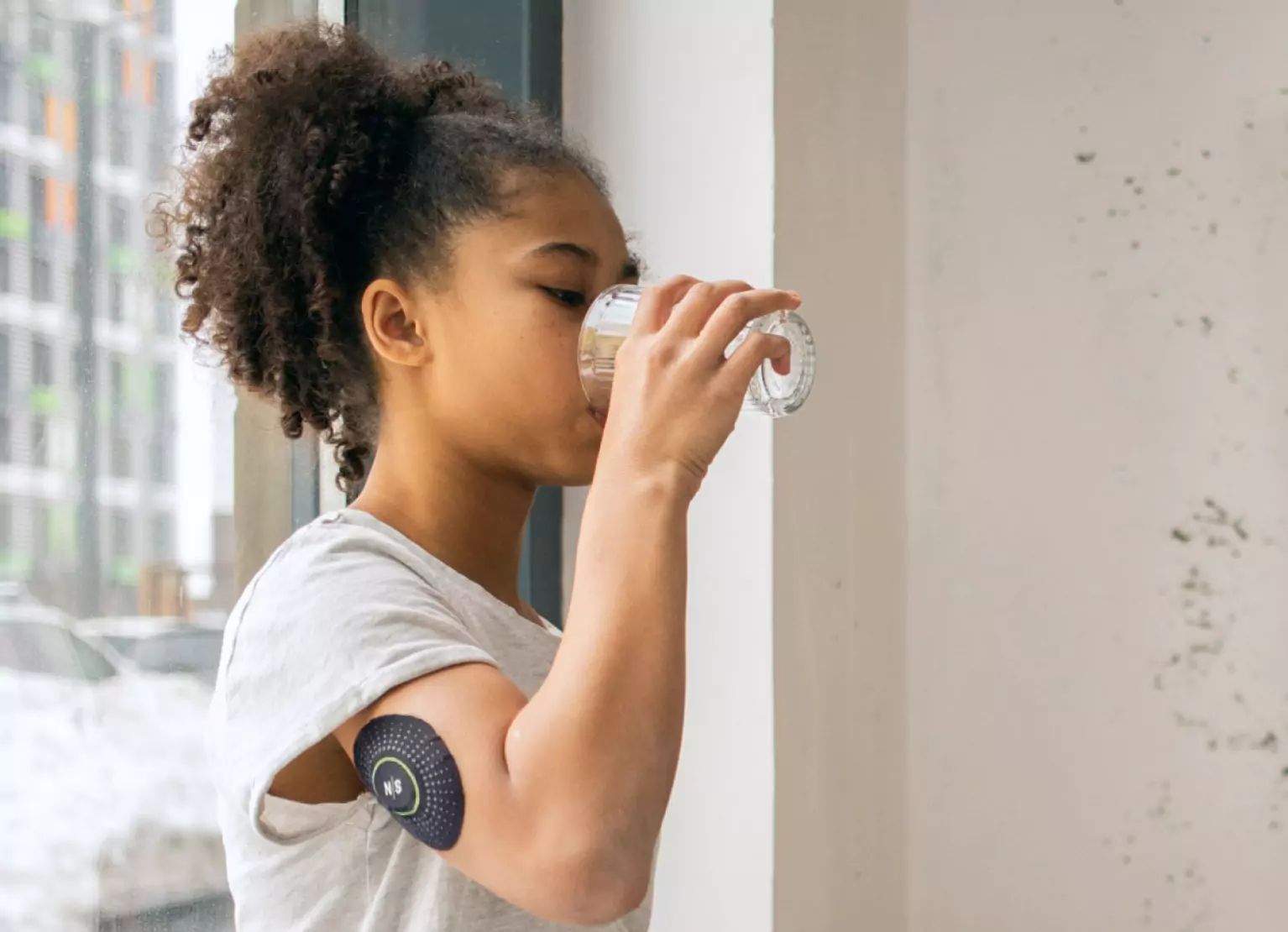
Apart from not drinking sufficient fluids, certain health conditions can cause the body to become dehydrated. Some conditions like:
...can contribute to lower levels of water in the body.
Hyperglycemia (or high blood glucose levels) and hydration are intricately connected.
For example, when the body has less water, blood sugar levels can become more concentrated, leading to abnormal glucose fluctuations.
People with diabetes or high blood sugar levels may also experience frequent urination and excessive thirst, otherwise known as polydipsia. It occurs as the kidneys become overworked while trying to lower the body’s blood sugar levels, which is why it’s vital for anyone with or at risk for developing diabetes to stay hydrated, as drinking water can support glucose regulation in the blood.
Find the right Nutrisense programto turn insight into progress.
Go Beyond Glucose Data with Nutrisense
Your glucose can significantly impact how your body feels and functions. That’s why stable levels are an important factor in supporting overall wellbeing. But viewing glucose isn't enough. Nutrisense, you’ll be able to learn how to use your body's data to make informed lifestyle choices that support healthy living.
One-to-one coaching
Sign up to access insurance-covered video calls to work with a glucose expert: a personal registered dietitian or certified nutritionist who will help tailor your lifestyle and diet to your goals.
Monitor and measure what matters
With the Nutrisense CGM Program, you can monitor your glucose with health tech like glucose biosensors and continuous glucose monitor (CGM)s, and analyze the trends over time with the Nutrisense App. This will help you make the most informed choices about the foods you consume and their impact on your health.
Find your best fit
Ready to take the first step? Start with our quiz to find the right Nutrisense program to help you take control.

Amanda is a Nutrition Manager and Registered Dietitian, with a Masters in Dietetics from Stephen F. Austin State University. Originally from south GA, she got her undergrad degree from Texas Tech University. She worked at a hospital in Fort Worth, TX, for 4 years as a dietitian, counseling those living with HIV.



.webp)
